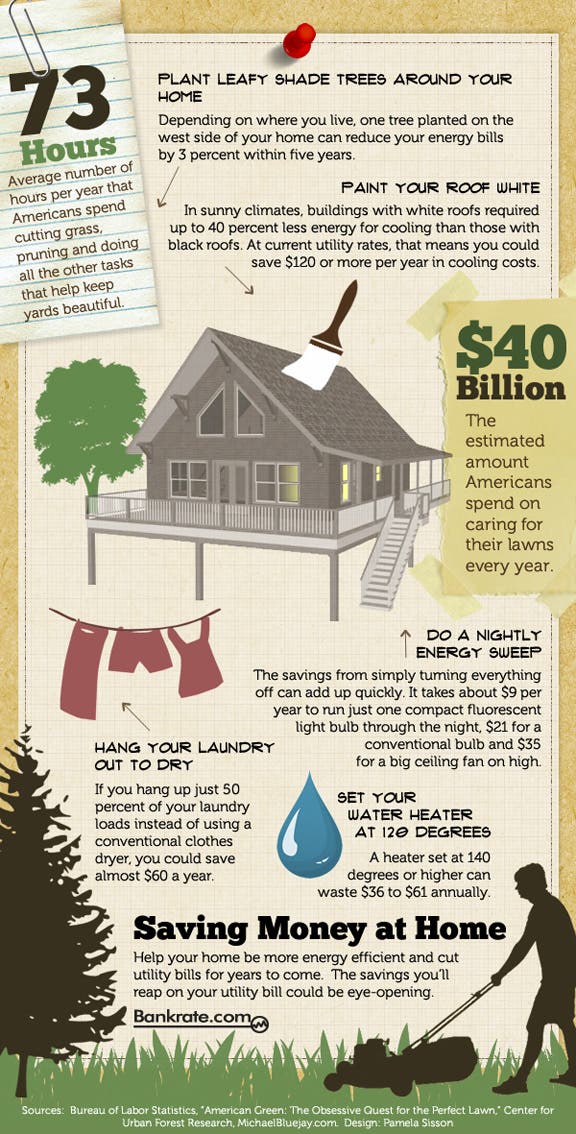Recognizing The Need For Tree Removal: A Guide For Homeowners
Recognizing The Need For Tree Removal: A Guide For Homeowners
Blog Article
Post By-Jacobsen Crowder
Trees include beauty and value to residential property, but they can additionally pose a risk throughout extreme weather events. If a tree has quit expanding, is displaying noticeable fungal development, or has a leaning trunk, it needs to be removed by a specialist to stay clear of residential property damages and injury.
To get more information, attend a home owner resource fair co-hosted by HPD, the Facility for New York City Neighborhoods, and Brooklyn-based housing companions this evening in Bedford-Stuyvesant. The event will include the Home owner Manual, a new overview to help property owners browse the responsibilities of having a home.
1. Dead or Perishing Branches
Trees are an indispensable part of your home's landscape, supplying shade and beauty. They likewise give sanctuary for wild animals and produce oxygen, however even healthy trees can experience health issue that may require their removal. https://baltimore.cbslocal.com/2019/12/17/fire-safety-tips-for-the-holidays/ or dying trees aren't simply undesirable, they can be dangerous. Their branches can fall throughout a tornado, resulting in pricey residential property damages and injuries.
When a tree's branches begin to pass away, it suggests that its framework is beginning to break down. If the majority of its branches are dead, it is most likely time to remove it.
Look for a lack of new development, bark peeling, open wounds or cavities, fungi growing on the trunk or origins and a general look of degeneration in the entire canopy. These indicators of infection can suggest a significant issue that will require specialist tree services to deal with.
2. Leaning Trunk
While it's typical for trees to lean from time to time due to phototropism, if a tree has a harmful or extreme lean that's not due to natural processes - maybe an indicator that the tree needs to be removed. If the tree is favoring a high-voltage line, home, vehicle, play structure or any other location that could be dangerous to people if it falls, after that getting in touch with an expert tree service for elimination must be a leading priority.
It's also vital to expect any type of sudden changes in a tree's leaning as it can indicate damage to the roots or trunk that may result in dropping. This is especially real during thundercloud, because high winds and rain-soaked soil can cause a lean to transform rapidly. Normal monitoring, particularly throughout and after tornados can aid home owners acknowledge potential issues with their trees so they can call an arborist for an extensive assessment.
3. Bug Invasion
Some pest problems, such as wood-boring insects like emerald ash borer or sap-suckers like range insects, are so extreme that they can create a tree to die. The best way to avoid pest invasion is to monitor your trees on a regular basis. Try to find places, holes, or stainings in the leaves and bark. Take a look at the trunk for fractures and signs of insect damages, such as tunnels or tracks.
If a tree becomes also infested with bugs, or is close to a home or power lines, an arborist might recommend removal. If a leaning tree establishes a brand-new, unpredictable lean, an arborist will likely recommend removal too to make certain the security of individuals and building. If https://treedamagetohouses72727.blogdanica.com/29262714/making-sure-the-security-of-your-possessions-by-eliminating-trees damaged or dead tree constantly drops too much branches, it is an indicator that it is time to get rid of the tree. If a tree continues to shed branches for an extensive period of time, it might lead to architectural troubles and prospective property damages.
4. Damaged Trunk
Trees are a gorgeous and integral part of our landscape, yet they do need normal care to keep them healthy and balanced and risk-free. If a tree is damaged irreparable it is most likely time for it to come down.
Seek indications of damages to the trunk, including vertical fractures, seams, dead branch stubs, noticeable injuries or open dental caries and severe tree-rot. The presence of fungis at the base of the trunk is one more alerting sign. Fungis may show that the phloem and xylem (life-support tissues) are compromised, permitting the spread of illness or a future failing.
Additionally, consider whether the tree has quit growing. Healthy trees will certainly have new development yearly, which might be visible as buds or branches sprouting and extending. If you do not see any type of new growth, it's an excellent concept to have an arborist review the tree and follow their referral for removal. A dying or harmed tree can drop and create home damages.